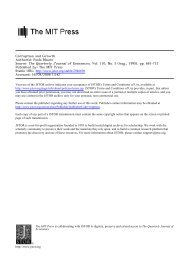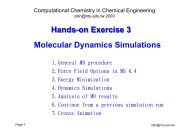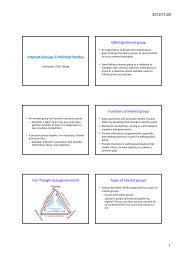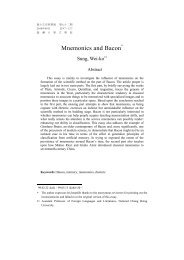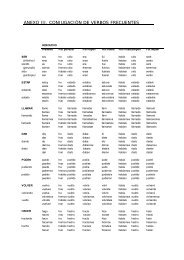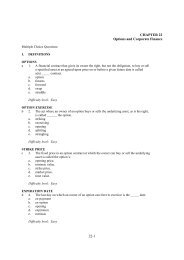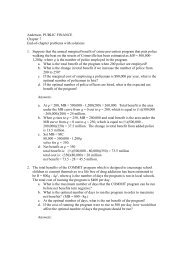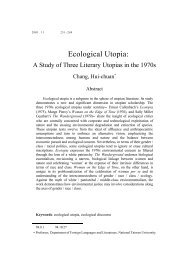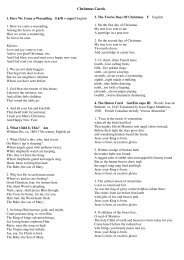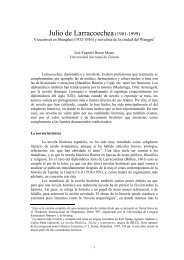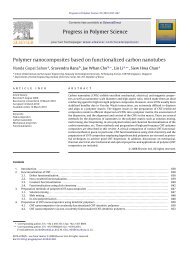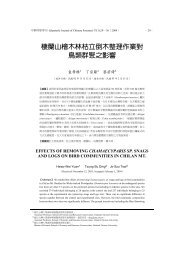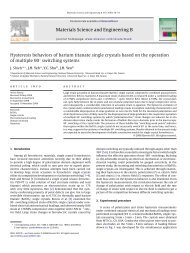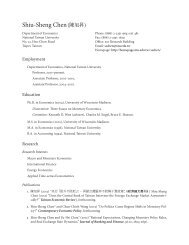Chapter 5 A Closed-Economy One-Period Macroeconomic Model
Chapter 5 A Closed-Economy One-Period Macroeconomic Model
Chapter 5 A Closed-Economy One-Period Macroeconomic Model
You also want an ePaper? Increase the reach of your titles
YUMPU automatically turns print PDFs into web optimized ePapers that Google loves.
<strong>Chapter</strong> 5 A <strong>Closed</strong>-<strong>Economy</strong> <strong>One</strong>-<strong>Period</strong> <strong>Macroeconomic</strong> <strong>Model</strong> 51<br />
8. We need to analyze each case separately. Start with the good equilibrium. As government expenses<br />
increase, more tax revenue needs to be raised, and thus the tax rate needs to be increased. As shown<br />
in the figure below, this tilts down the linear PPF. The new equilibrium leads to a lower indifference<br />
curve. This leads to a negative income effect and a lower wage (remember, it is z(1 − t)), thus a<br />
substitution effect. The income effect lowers consumption and leisure, the substitution effect<br />
decreases consumption and increases leisure. All in all, consumption is lower and leisure is higher, as<br />
we know that the substitution effect dominates the income effect. This means that the labor supply is<br />
reduced, and thus equilibrium labor and output.<br />
The story is different in the bad equilibrium. To increase tax revenue, one needs to reduce the tax<br />
rate. Then all the changes discussed above are exactly in the opposite direction.<br />
9. We know from previous analysis that an improvement in total factor productivity pushes up the PPF,<br />
and thus leads to an increase in consumption, a decrease in leisure, and thus an increase in the<br />
quantity of labor supplied. This increases the tax base, and thus allows to reduce the tax rate to<br />
achieve the same tax revenue, or in other words, it pushes the left portion of the Laffer curve to the<br />
left. The reduction in the tax rate has then a further impact on the variables of interest: as we saw<br />
in question 7, first part with a reversal of all signs: consumption increases even more and leisure<br />
decrease yet more, leading to an even higher quantity of labor. All in all, as both labor and total factor<br />
productivity increase, output increases.



